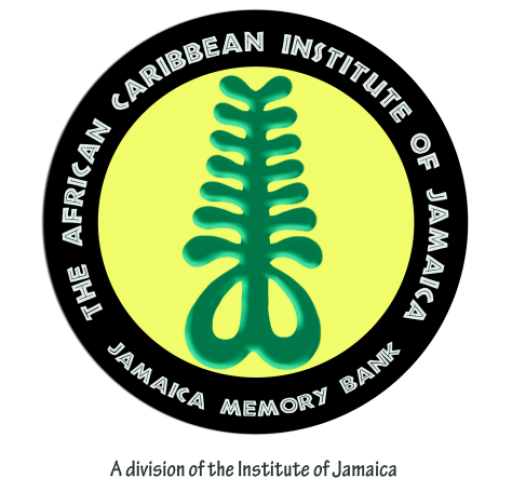In the early 1800s, stalwart Latin American leaders, such as the Venezuelan-born Simón Bolivar envisioned a unified region that could effectively challenge any European imposed authority. Not only did Bolivar express this in his 1815 Letter from Jamaica, an instrument which many steeped in political history view as prophetic, but this quest to bring the region together was the girding principle spurring the battles of his liberation army across the Americas were also to bring the region together
This notion of an international union in the Western hemisphere was again posited by Bolivar at the Congress of Panama in 1826, an occasion on which he sought to forge a lasting alliance through the “Treaty of Union, League and Perpetual Confederation”. The plan was for a common military, a mutual defense pact, and a supranational military assembly. Had the conference delegates been successful in getting their governments to ratify the “Treaty of Union, League and Perpetual Confederation”, then the Americas would have had its first Pan-American Organization prior to the 20th century.
While the idea failed to take root at the time, it did not perish, but remained the inspiration for future Pan-American initiatives. It is little wonder then that the OAS regularly pays tribute to the legacy of this great hero and Liberator.
